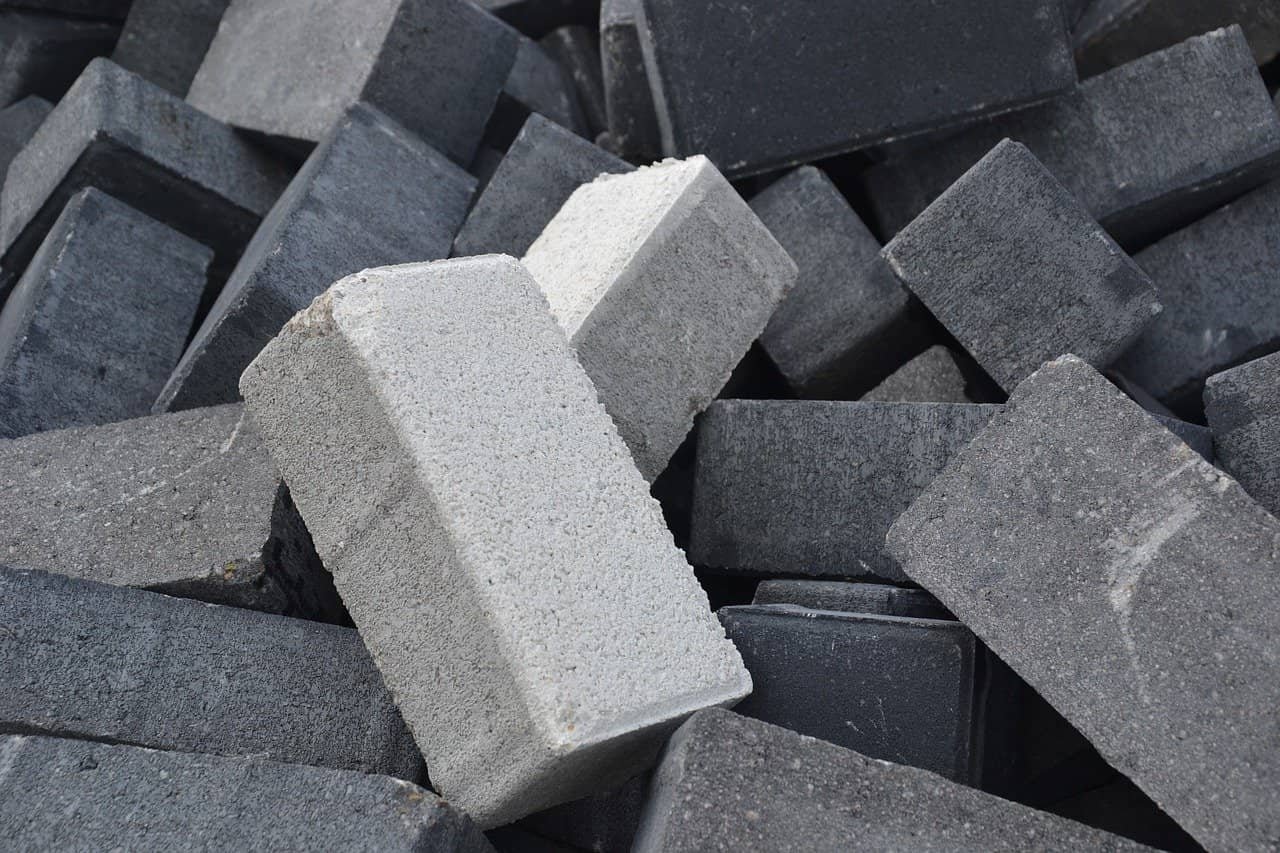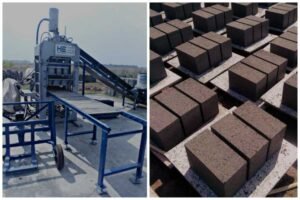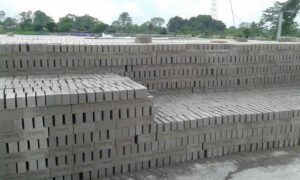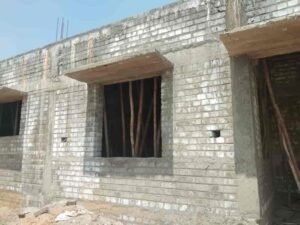Table of Contents
In the dynamic realm of construction, mastering the intricacies of fly ash bricks composition is pivotal for achieving excellence. This comprehensive guide aims to provide a deeper exploration of the composition of fly ash bricks, shedding light on the manufacturing process, optimal mixing ratios, and the critical factor of compressive strength.

Understanding the Essence of Fly Ash Bricks Composition
The production of fly ash bricks is a meticulous process that revolves around the precise combination of materials. Striking the right balance between cost-effectiveness and quality is the cornerstone of successful brick manufacturing. Let’s delve into the details of three distinct mixing ratios that significantly influence the composition of fly ash bricks.
Mix Proportion-1: Cost-Effective Brilliance
- Fly Ash – 55 to 60%
- Sand or Stone Dust – 20 to 25%
- Sludge Lime – 15 to 22%
- Gypsum – 5%
This mixing ratio stands out as a cost-effective and profitable choice for manufacturing fly ash bricks. It emphasizes the utilization of Sludge Lime due to its lower cost compared to Hydrated Lime. Despite its wet and lumpy nature, Sludge Lime proves to be a valuable component in producing high-quality fly ash bricks.
Mix Proportion-2: Widely Adopted for Quality Excellence
- Fly Ash – 57 to 65%
- River Sand or Stone Dust – 18 to 27%
- Hydrated Lime – 9 to 12%
- Gypsum – 5%
This mixing ratio, widely embraced by fly ash brick manufacturers, ensures quality excellence. The substitution of Hydrated Lime for Sludge Lime adds to the reliability of this composition. The readily available nature of its key components makes it a preferred choice in the industry.
Mix Proportion-3: Cement Infusion for Special Scenarios
- Fly Ash – 50 to 60%
- River Sand or Stone Dust – 30 to 40%
- Cement – 8 to 12%
In situations where gypsum and lime face scarcity, this mixing ratio introduces cement as a viable substitute. However, due to the higher cost of cement, it is not the go-to choice for most entrepreneurs.
Compressive Strength: The Backbone of Durability
Understanding the compressive strength of fly ash bricks is paramount in ensuring their durability and reliability. Here’s a breakdown of the minimum compressive strength for different classes of fly ash bricks:
First Class Fly Ash Brick
The minimum compressive strength for first-class fly ash bricks is 10 MPa or 10 N/mm² or 100 kg/cm².
Second Class Fly Ash Brick
For second-class fly ash bricks, the minimum compressive strength is 7.5 MPa or 7.5 N/mm² or 75 kg/cm².
A Holistic Approach to Fly Ash Bricks Composition
In conclusion, mastering the art of fly ash bricks composition is not just a technicality; it’s a strategic approach to achieving excellence in construction. Entrepreneurs in the industry must carefully weigh the cost and availability of raw materials against the desired quality, ensuring a harmonious balance that maximizes both profit and product superiority.
This journey to creating outstanding fly ash bricks begins with understanding and optimizing their composition. By embracing the intricacies of mixing ratios and recognizing the significance of compressive strength, manufacturers can elevate their practices, contributing to the construction industry’s ongoing pursuit of quality and sustainability. The art of fly ash bricks composition unfolds as a dynamic and evolving process, inviting innovators to continually refine and redefine the standards of excellence in construction.
The Importance of Fly Ash Bricks Machine
To complement the meticulous art of mixing ratios and the critical evaluation of compressive strength, entrepreneurs are encouraged to explore innovative solutions, such as incorporating state-of-the-art fly ash bricks machines. These advanced machines play a pivotal role in streamlining the production process, ensuring precision, efficiency, and consistency. As we conclude this exploration into the realm of fly ash bricks composition, the link to a reliable fly ash bricks machine (Learn more here) serves as a gateway to the next frontier of construction practices, where tradition meets innovation for a future of enduring structures.




